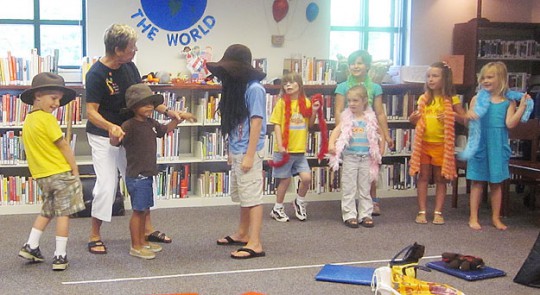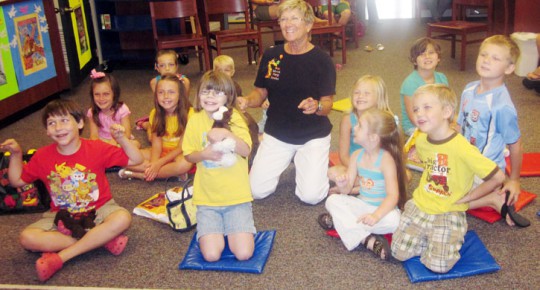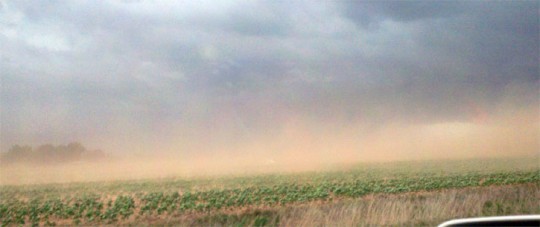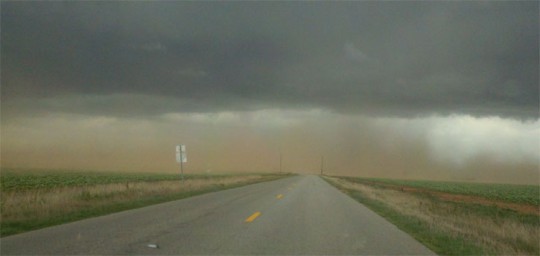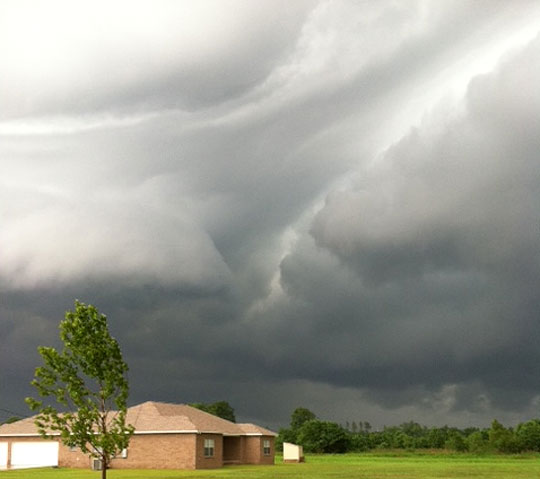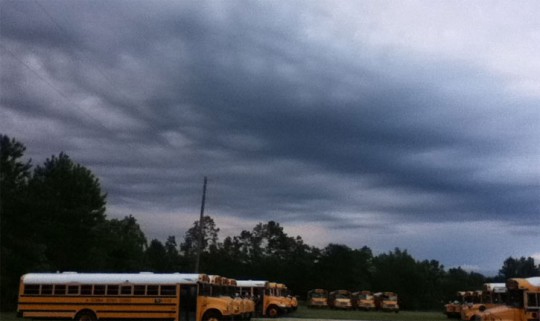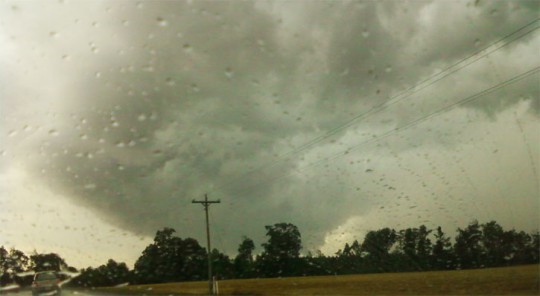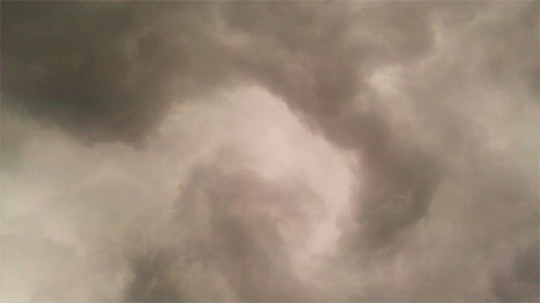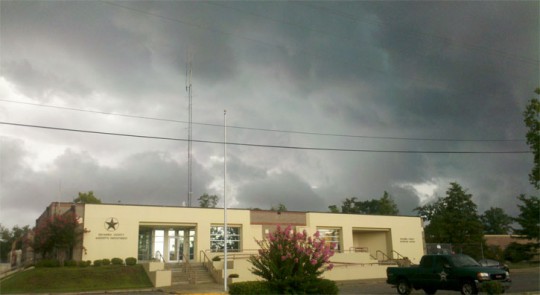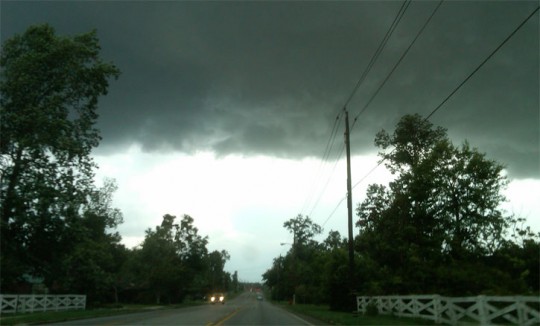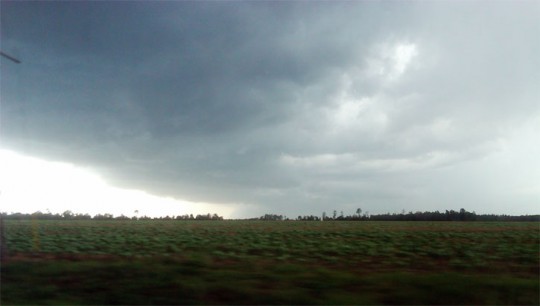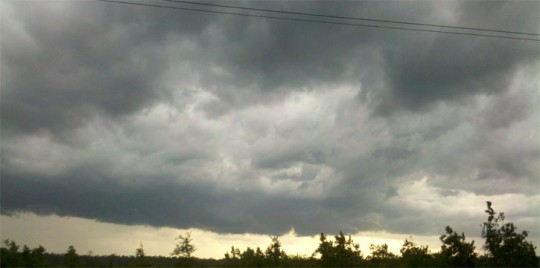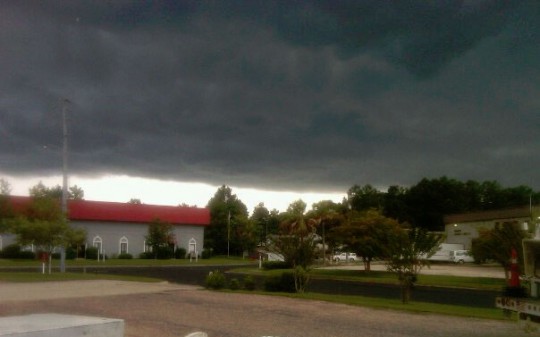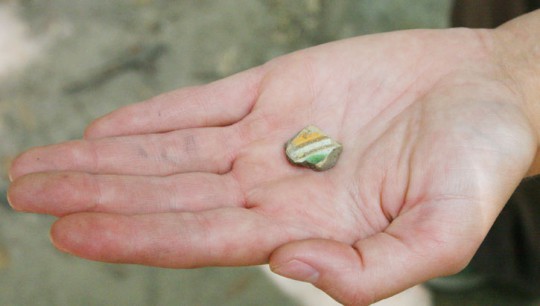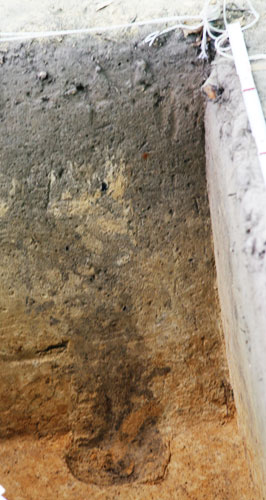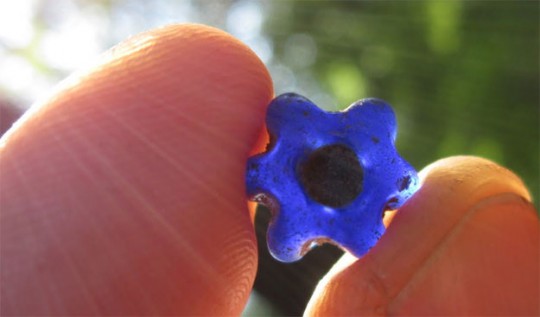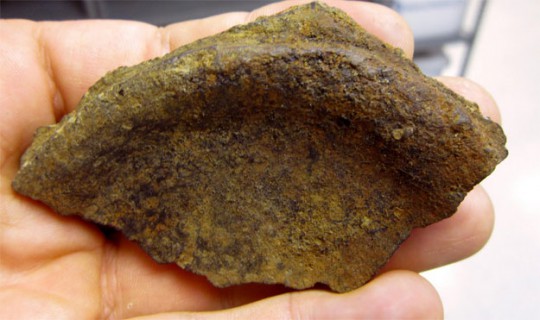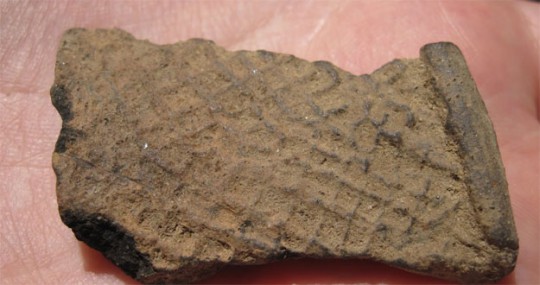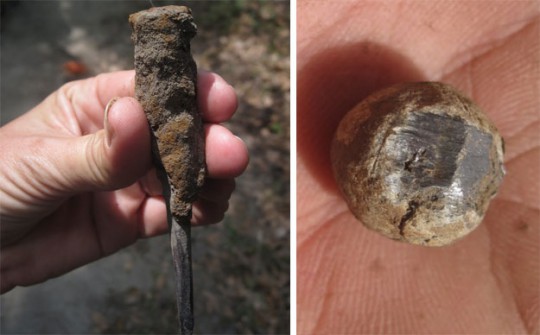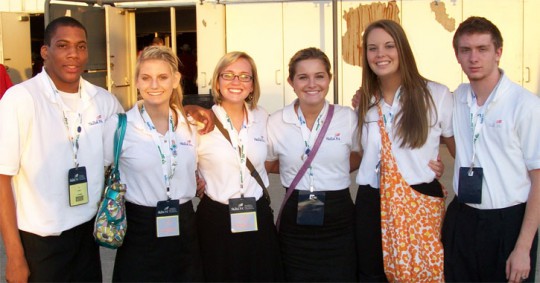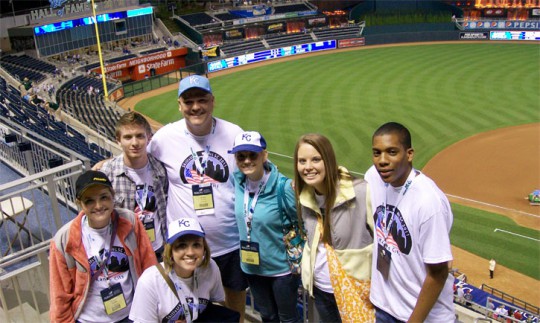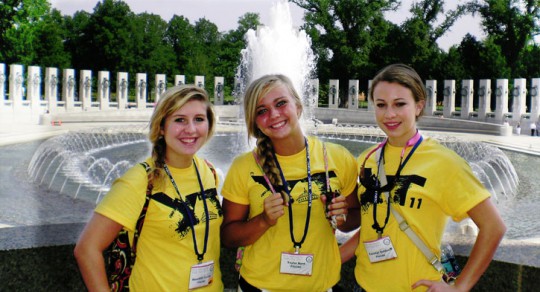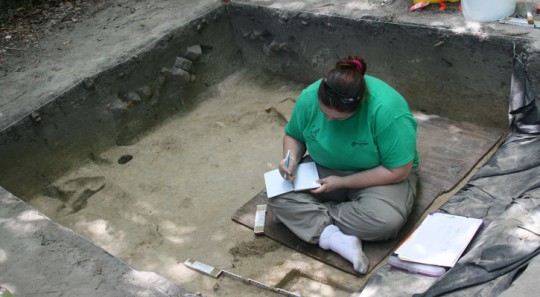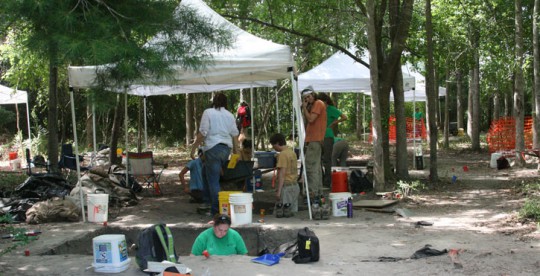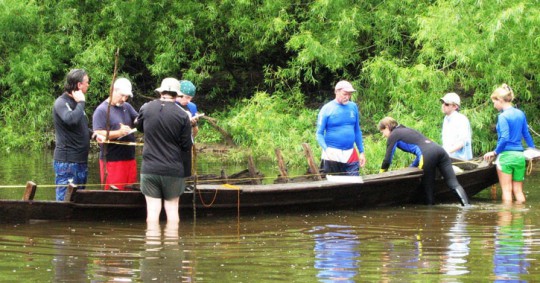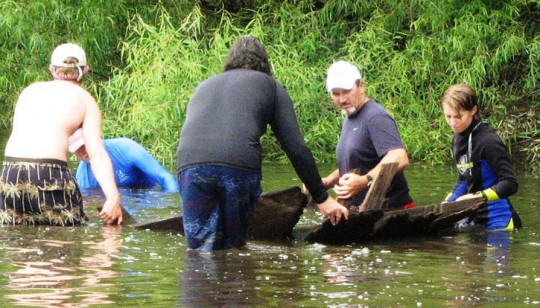Photos: Summer Reading Fun At The Library (Plus List Of Other Reading Events)
June 29, 2011
Children enjoyed witty stories Tuesday from storyteller Pat Nease at the Century Branch Library as part of the library’s summer reading program.
For a gallery of submitted photos, click here.
There are two other summer reading program this week in the North Escambia area.
The Molino Park Elementary School Library will be open Wednesday from 9 a.m. until noon for students and their parents. Students are encouraged to dress in red, white and blue to celebrate the Fourth of July a few days early. There will be guest readers along with activities related to the stories that are read. Parents and students can check out books, and students can take Accelerated Reader tests. Parents are required to stay with their children.
The summer reading program begins Thursday at the Flomaton Public Library. Programs will be held each Thursday through August 4 from 10-11 am.
Pictured above and below: Children enjoy storyteller Pat Nease at the Century Branch Library Tuesday afternoon. Submitted photos by Amanda Brown for NorthEscambia.com, click to enlarge.
Reader Submitted Weather Photos: Storms, Clouds, Dust And A Rainbow
June 28, 2011
NorthEscambia.com readers captured several photos of a line of storms moving through the area Tuesday afternoon. Scroll down to see all of the photos.
Remember, when you see news or have a photo to share, email news@northescambia.com.
Above: Clouds and a dust storm along Florida Highway near in Alabama just north of Bratt. Photo by Tina Segers for NorthEscambia.com.
Above: The storm along Florida Highway near in Alabama just north of Bratt. Photo by Tina Segers for NorthEscambia.com.
Above: Storm clouds along Highway 99 in Barrineau Park. Photo by Mason Cook for NorthEscambia.com.
Above: Storm clouds at Ernest Ward Middle School in Walnut Hill. Photo by Connie for NorthEscambia.com.
Above: Along Highway 97 in Walnut Hill. Photo by Kim Edmonson for NorthEscambia.com.
Above: Clouds roll into the Cantonment area. Photo by Jennifer Qualls for NorthEscambia.com.
Above: Clouds swirl above the Cantonment area. Photo by Jennifer Qualls for NorthEscambia.com.
Above: The Escambia County Sheriff’s Department in Brewton. Photo by Julie Adams for NorthEscambia.com.
Ominous clouds seen looking south on Main Street in Atmore. Reader submitted photo for NorthEscambia.com.
Above: Clouds move south in Davisville at the state line. Reader submitted photo for NorthEscambia.com.
Above: North of Brewton. Photo by Julie Adams for NorthEscambia.com.
Above: A look at the storm clouds from Mobile. Photo by Randon Watson for NorthEscambia.com.
Above: A rainbow over Walnut Hill. Reader submitted photo for NorthEscambia.com.
Read To Rosie: Parrot To Encourage Literacy
June 27, 2011
Rosie the Parrot is coming to the Century Branch Library next month, and he just loves to hear children read to him.
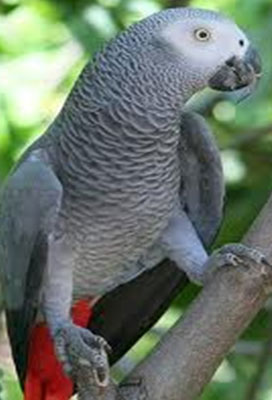 Modeled after the “read to dogs” programs used successfully by some libraries, children will have an opportunity to read a story to Rosie on July 14. He is an African Grey Parrot that belongs to Pat Rigel, Century’s librarian.
Modeled after the “read to dogs” programs used successfully by some libraries, children will have an opportunity to read a story to Rosie on July 14. He is an African Grey Parrot that belongs to Pat Rigel, Century’s librarian.
“They have found that when kids read to animals they do not have unnecessary anxiety about their reading skills and don’t worry about stumbling over words,” Rigel said “I hope that learning that African Grey’s are as intelligent as a 2-year old child and can have an enormous vocabulary, they will want to try to teach him new words or phrases.”
Safety will be priority for all involved — parents will need to sit with children six and under and a staff member will always be in the room. Rosie will be in an acrylic travel cage for his safety too.
Reservations are being accepted now for 15-minute sessions to be held on July 14. To reserve a time slot, or for more information, call the Century Branch Library at (850) 256-6217.
Unique Finds At Mission Archaeological Dig In Molino
June 26, 2011
Work is continuing at the University of West Florida archaeological field school at Mission San Joseph de Escambe near the Escambia River in Molino. The Mission was inhabited by Apalachee Indians and Spanish friars and soldiers from 1741 to 1761.
The Mission San Joseph de Escambe was the northernmost extent of Spanish influence in Pensacola, administered by Apalachee chief Juan Marcos Fant. A Franciscan missionary was stationed at the Molino Mission, along with 16 members of a Spanish cavalry unit that arrived in 1760. The Mission was burned during a Creek raid on April 9, 1761, with the survivors relocating to Pensacola.
For a Friday NorthEscambia.com story with more historical details on the Mission and photographs, click here.
Signs of the buildings such as the 1760 troop barracks within the Mission have been located, but researchers are still hoping to find remains of the Mission church.
Finds include a sherd of Mexican-made majolica, probably Abó Polychrome, with a colorful surface glaze (pictured top) and physical features such as the post hole pictured to the left (indicated by the darker remains extending downward). A necklace bead was located that dated between 1700 and 1800 that was possible made in Amsterdam – a common item on period Spanish colonial sites. Common items such as lead shot and a straight razor have also been uncovered.
Several prehistoric items from thousands of years ago have been located, including pottery.
The Mission site is located in a wooded area on private property not far from the Molino Boat Launch on Fairgrounds Road. The site is not open to the general public.
(Scroll down for additional photos.)
An unusual glass necklace bead found in Molino, believe to possibly be an 18th-century “melon bead” with a translucent cobalt blue color.
A large Native American piece with a foot-ring base, a relatively rare piece to be found on mission site, that was designed to be used on a flat table. The sherd is what archeologists term colono ware — Native-American ceramics that are crafted in European forms.
A master’s thesis by former UWF grad student Jennifer Melcher suggests that vessels such as this were probably made by Indians for the Spanish and sold on the local market.
A prehistoric piece of pottery associated with the Santa Rosa-Swift Creek culture from about 2,000 years ago.
A well preserved large wrought iron nail or spike (pictured left) and ( right) a lead musketball that is about 59 caliber.
NorthEscambia.com and UWF courtesy photos, click to enlarge.
Flomaton High Students Compete At SkillsUSA Nationals
June 26, 2011
Six Flomaton High School students were in Kansas City, MO, last week to compete in the 47th Annual SkillsUSA National Leadership and Championship Conference.
Students who participated in the Quiz bowl competition were Katie Arrant, Tiffany Chavers, Victoria Creamer, Dylan Green and AJ Odom. Nicole Simpson served as an
alternate to the team. Accompanying the students were, SkillsUSA Advisor Jerry Aaron, Stacey Aaron, Bobby Simpson and Kay Lasala.
Formerly known as VICA (Vocational Industrial Clubs of America), SkillsUSA is a partnership of students, teachers and industry working together to ensure America has a skilled work force. SkillsUSA helps each student excel. More than 5,500 students from across the United States competed in 94 contest areas.
The Flomaton Students competed in Quiz Bowl. The Quiz Bowl tests a team of five competitors’ ability to quickly respond to questions covering the areas of academic knowledge, professional development and current events. The participants respond to a question by activating a buzzer system. The teams receive one point for a correct answer and lose a point for each incorrect answer. The active rounds (preliminary and finals) are 100 questions each. Students competed in April at the state level to earn the right to represent Alabama at the national level.
This year out of 36 teams, Flomaton High’s team finished 17th.
“I am very proud of our team, they worked hard to earn the money to get here, and they worked hard to represent Flomaton High School and the state of Alabama well” said Aaron. “I would like to thank the Curtis Finlay Foundation, for their generous donation which helped us get to Kansas City and helped these students have an experience they will never forget.”
Pictured top: Flomaton High School’s SkillsUSA students at the closing ceremony of a conference in Kansas City. From the left, AJ Odom, Tiffany Chavers, Nicole Simpson, Victoria Creamer, Katie Arrant, and Dylan Green. Pictured below: The group attended a Kansas City Royals game (front, L-R) Victoria Creamer and Nicole Simpson, (back, L-R) Dylan Green, Advisor Jerry Aaron, Tiffany Chavers, Katie Arrant and AJ Odom. Submitted photos for NorthEscambia.com, click to enlarge.
Students Attend Rural Electric Tour In Washington
June 26, 2011
Three North Escambia area students represented Escambia River Electric Cooperative during the annual Washington Rural Electric Youth Tour.
Taylor Byrd from Northview High School, and Caristyn Golden and Meredith Owens of Jay High School were among 1,500 youth leaders representing electrical cooperatives from 41 states during the week-long tour. Byrd and Gold were winners of the EREC Youth Tour contest held annually for juniors in the EREC service area, and Owens was the Florida Electric Cooperative Association Youth Tour winner for children of cooperative employees.
During the trip, the trio met with Congressman Jeff Miller and visited the U.S. Capitol where they learned more about how government works. During the Rural Electric Youth Day Program, they had an opportunity to gain a better understanding of the history of electric cooperatives and their importance to the communities they serve.
Bryd, Golden and Owens also visited the World War II, Lincoln, Vietnam, Korean and FDR memorials; and Arlington National Cemetery. They had the opportunity to relax on the Potomac River during an evening boat cruise and visit many other places of interest. Youth Tour delegates also attended the opening night premier of “Wicked” at the Kennedy Center.
Pictured above: (L-R) Meredith Owens, Taylor Byrd and Caristyn Golden at the World War II Memorial during the Rural Electric Youth Tour in Washington. Submitted photo for NorthEscambia.com, click to enlarge.
Featured Recipe: Chili-Rubbed Pork Chops With Grilled Pineapple Salsa
June 26, 2011
Bring new inspiration and variety to your weeknight meal planning by adding pork to your shopping list. Most cuts take minimal preparation time and the savory flavor pairs well with almost any ingredient you already have in your kitchen, as well as your family’s favorite side dish.
One of the most versatile cuts is the perennial favorite, the pork chop. From bone-in to boneless, it tastes great stuffed with peppers, topped with pineapple (see recipe) or straight off the grill brushed with sweet-and-sour sauce. Here are a few tips to spur some inspiration for you:
- Experiment with spice. Sweet and smoky is a tried and true combination that can be perfected with so many variations. Try smoky paprika or chipotle alongside sweet cinnamon or brown sugar for a rub, marinade or sauce that is sure to please.
- Think fruit. Pairing pork with fruit enhances the natural sweetness and maximizes flavor. You have heard of pork chops and applesauce, but why not try peaches, pears or strawberries to take your dish from traditional to inspirational?
- Take it to the grill. Your favorite recipe might recommend cooking your chop in the oven or in a skillet. Instead, fire up the grill to get a nice smoky flavor.
Chili-Rubbed Pork Chops with Grilled Pineapple Salsa
Serves 4
4 pork bone-in rib chops, about 3/4-inch thick, trimmed
1 tablespoon chili powder
1 1/2 tablespoons light brown sugar, packed
3/4 teaspoon garlic powder
3/4 teaspoon onion powder
1/2 teaspoon Salt
Pineapple Salsa*:
3 slices pineapple, cut crosswise about 1/2-inch thick, trimmed OR 3 slices canned pineapple, drained
1 jalapeño pepper, halved lengthwise, seeds and veins removed
1 tablespoon lime juice
Salt, to taste
In a shallow bowl, combine chili powder, brown sugar, garlic powder, onion powder, and salt. Sprinkle both sides of pork with spice mixture.
Prepare a grill to medium-high heat and lightly oil the grate. Grill pork until internal temperature reaches 160°F, 4 to 5 minutes per side. Grill pineapple (if using fresh) and jalapeño until lightly charred, two to three minutes per side. Remove chops from grill and let rest five minutes.
Meanwhile, dice pineapple and finely dice jalapeño. In a medium bowl, combine pineapple, jalapeño, and lime juice. Season to taste with salt.
*Or substitute any store-purchased fruit salsa.
Nutritional Information per Serving: Calories: 180; Fat: 6g; Saturated Fat: 2g; Cholesterol: 50mg; Sodium: 470mg; Carbohydrates: 10g; Protein: 20g; Fiber: 1g
Weekend Gardening: Gardenias And Hydrangeas
June 25, 2011
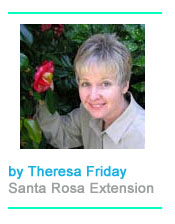 Hydrangeas and gardenias are two of our most beloved shrubs in the South. They are revered for their flowers and are planted in large drifts throughout Northwest Florida.
Hydrangeas and gardenias are two of our most beloved shrubs in the South. They are revered for their flowers and are planted in large drifts throughout Northwest Florida.
Gardenia shrubs are evergreen and produce shiny, dark green leaves. They are known for their waxy, creamy white flowers. The flower’s aroma, adored by many gardeners, is powerful and pleasant.
Hydrangeas are deciduous shrubs and produce coarse, light green leaves. Their large leaves will fall off after a freeze. Although you are left with bare sticks during the winter, the summer blooms are well worth the winter bareness. While there are many different types of hydrangeas, the mopheads are probably the most recognizable. Their large inflorescences are usually blue on acid soil, pink on alkaline soil and a dirty white on neutral pH soil.
Even though these shrubs are different in many aspects, the one thing they have in common is when they “set” their flower buds. Both shrubs develop flower buds on old (mature) wood of the previous year and open in early summer of the following year. Flower buds are formed at the terminal end of stems and, if not killed by cold or removed by inappropriate pruning, provide the showy floral display the next year.
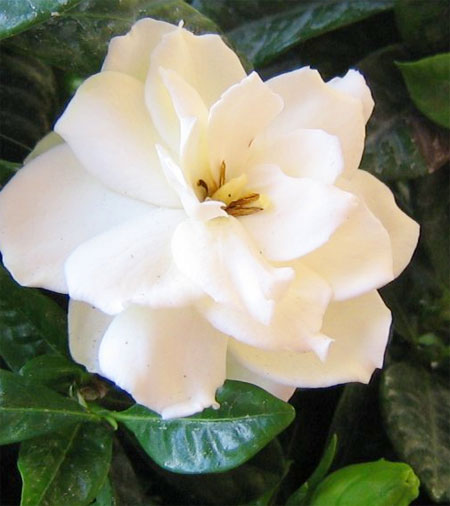 The best time to prune gardenias and hydrangeas is after they finish flowering for the season. Pruning them at the incorrect time of the year, such as winter, will remove the flower buds.
The best time to prune gardenias and hydrangeas is after they finish flowering for the season. Pruning them at the incorrect time of the year, such as winter, will remove the flower buds.
Your pruning program should be purposeful. First, remove all diseased, weak and dead wood. It will be important to disinfect your pruning equipment after removing suspect branches. Pruning shears, loppers and saws can be dipped in a weak bleach solution to prevent spread of disease between plants.
Once all the problem branches have been removed, then think about thinning the plant. Shrubs are often thinned to reduce a top-heavy appearance or to open up a dense canopy. To thin, simply remove some of the oldest branches by pruning them down to the ground. Remove about a quarter to a third of the branches, selecting the oldest ones for elimination. When thinning, take care not to damage the nearby younger stems and foliage.
Next, cut back branches that are excessively long. Prune back to a lateral branch that is six to twelve inches below the desirable plant height, removing no more than a third of the stem. Cut each branch separately to different lengths with hand pruners. This will maintain a neat informal shrub with a natural shape. Plants sheared into various geometric shapes produce a formality not suitable for many modern, natural landscapes. Making pruning cuts down inside the canopy instead of on the outside edge will also hide unsightly pruning cuts.
 Within the last several years, reflowering hydrangeas have found their way into the marketplace. Reflowering hydrangeas produce an initial flush of flowers followed by sporadic flowering or later flushes of flowers in the same growing season.
Within the last several years, reflowering hydrangeas have found their way into the marketplace. Reflowering hydrangeas produce an initial flush of flowers followed by sporadic flowering or later flushes of flowers in the same growing season.
Endless Summer® Hydrangea is a reflowering hydrangea. It is very forgiving and will not suffer if left unpruned or pruned at the wrong time. In fact, young, recently planted shrubs are best left alone. Unlike other hydrangeas, your Endless Summer® will bloom on both old and new wood, branches that grew last year and the new branches from this year. Another unique feature is that this hydrangea will continue to set buds and bloom throughout the season. Deadheading, or removing the spent flowers will encourage continual blooming.
For more information, contact Theresa Friday at 850-623-3868 or email tlfriday@ufl.edu. Friday is the Residential Horticulture Extension Agent for Santa Rosa County.
UWF Uncovering 1740’s Spanish Mission In Molino
June 24, 2011
A major archaeological dig is underway this summer in Molino, as evidence of a 1700’s mission and even a 6,000 year old artifact have been uncovered.
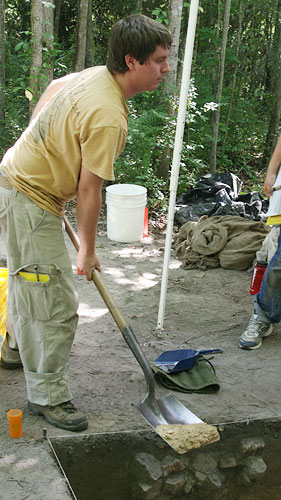 “It’s amazing that this is right here in our own backyard,” said undergraduate archaeology major Phillip Mayhair (pictured left), a 2008 Northview High graduate that lives just a few miles away in Barrineau Park. “It was amazing that they found this right here in Molino.”
“It’s amazing that this is right here in our own backyard,” said undergraduate archaeology major Phillip Mayhair (pictured left), a 2008 Northview High graduate that lives just a few miles away in Barrineau Park. “It was amazing that they found this right here in Molino.”
The Mission San Joseph De Escambe was established upriver along the Escambia River — which, along with Escambia County, actually took its name from the mission near Molino. The Apalachee Indian settlement with about 75 residents is well documented, according to archaeologist John Worth. It was established in the 1740’s. A Franciscan missionary was stationed by the Spanish at the village along with 15 members of a Spanish cavalry unit until about 1757.
The village was led by Apalachee Chief Juan Marcos Fant until it was destroyed during a Creek Indian raid on April 9, 1761. The village and the church were at least partially burned during the raid. Following the raid, the residents moved down the Escambia River to what is now downtown Pensacola.
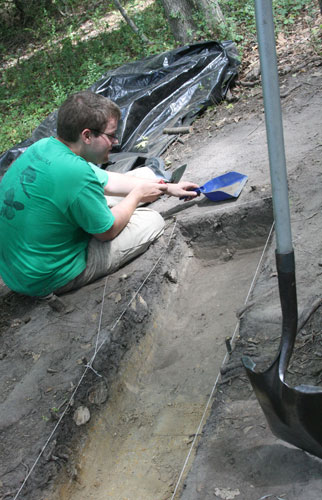 The Mission was uncovered in 2009 by the UWF archeology students under the leadership of professor of Worth, who spent years digging through historical records before the actual digging in Molino began.
The Mission was uncovered in 2009 by the UWF archeology students under the leadership of professor of Worth, who spent years digging through historical records before the actual digging in Molino began.
Now, the UWF students are digging on a private lot not far from the Molino Boat Ramp and Fairgrounds Park. They are uncovering period artifacts from the Mission, as well as items thousands of years old (like a 6,000 year old spearpoint) and other bits of more modern-era Molino history.
“Clearly, this was the site of the Mission San Joseph De Escambe,” Worth said. “It’s a near pristine site; it’s never been plowed or really disturbed all of these years.”
The Missions settlement is believed to have included a Spanish missionary church and a small Apalachee Indian village.
While the walls have deteriorated over time and appear to the casual observer to be nothing more than darker soil, two summers ago UWF students found almost 40 wrought iron nails in their original positions. In what was called an “amazing” find, students uncovered a wrought iron nail still embedded in piece of wood, the remains of a beam or post where the nail was hammered about 250 years ago.
“So far, we have not found the church,” Worth said. “We would really like to discover it.”
Coming up this weekend on NorthEscambia.com, we’ll take a more in-depth
look at the items found at the archaeological site in Molino.
Editor’s note: The Mission historical site is located on private property and is not accessible to the general public.
Pictured: UWF Students work to uncover the 250-year old Mission San Joseph De Escambe not far from the Escambia River in Molino. NorthEscambia.com photos, click to enlarge.
UWF Team Surveys 1800’s Steam Launch Found In McDavid
June 24, 2011
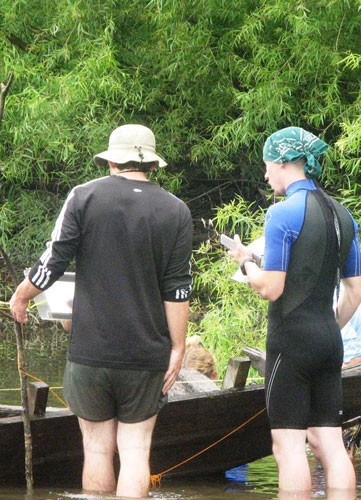 A research team from the University of West Florida confirmed Thursday morning that the old boat pulled from the Escambia River over the weekend was, in fact, a steam launch from about the late 1800’s.
A research team from the University of West Florida confirmed Thursday morning that the old boat pulled from the Escambia River over the weekend was, in fact, a steam launch from about the late 1800’s.
Archaeologist John Bratton and students from the University of West Florida took a look at the boat this morning and found that the surviving wooden structure is in remarkably good shape.
The steam launch is once again submerged in the Escambia River near McDavid. Bratton and his team recovered a few small pieces of wood to determine its type and to learn how to best preserve the boat if it’s ever removed from the river for display in a museum.
For earlier NorthEscambia.com stories about the discovery of the steam launch and detailed photos of the boat out of the water –
- McDavid Mystery: Steamboat Pulled From the Escambia River (6/19)
- Expert: McDavid Mystery Steamboat Appears To Be From 1800’s (6/21)
Pictured: A UWF Archeology research team surveys a 100 plus year old steam launch on the Escambia River near McDavid Thursday morning. Submitted photos for NorthEscambia.com click to enlarge.


